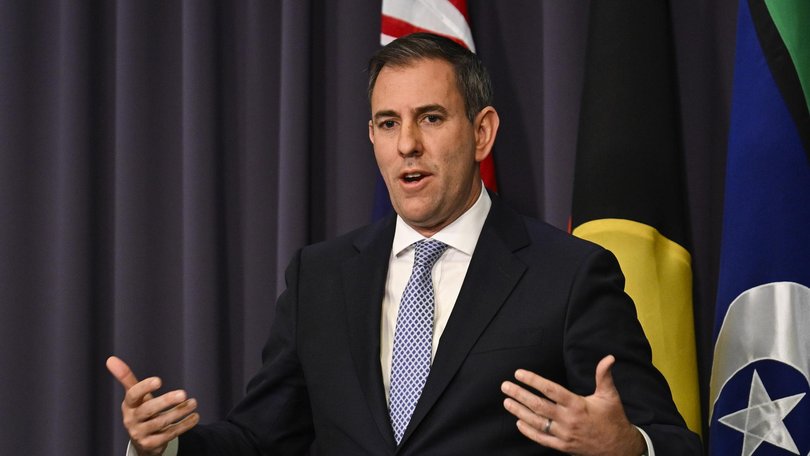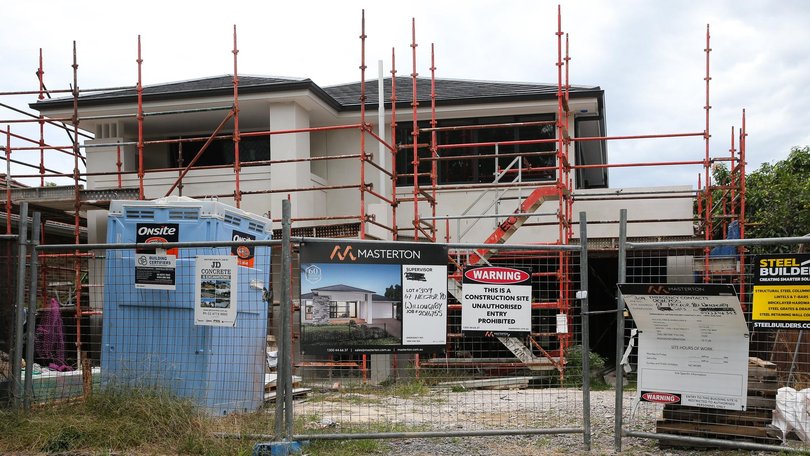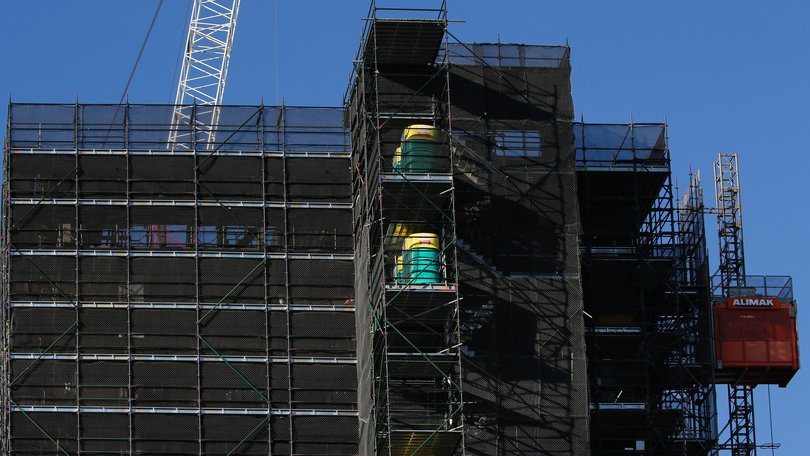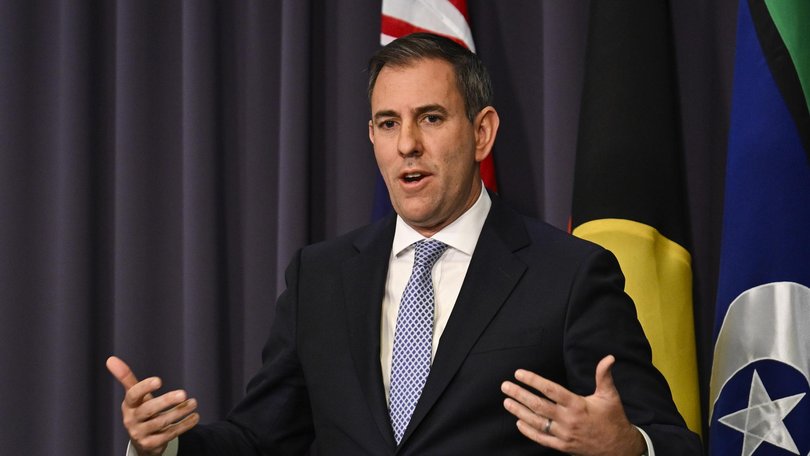Australia falls further behind Albanese Labor Government’s ambitious 1.2 million home target

Australia is falling further behind its ambitious 1.2 million new home target, as the number of dwellings started, completed or under construction has slipped.
According to Australian Bureau of Statistics figures, 27,663 new houses were built in the March quarter, down 1.3 per cent, while new private sector housing came in at 15,190, a drop of 9.3 per cent.
When combined, 43,517 homes were built in the March quarter, down by 4 per cent on the December quarter.
Sign up to The Nightly's newsletters.
Get the first look at the digital newspaper, curated daily stories and breaking headlines delivered to your inbox.
By continuing you agree to our Terms and Privacy Policy.Last year, the Federal Government set an ambitious 1.2 million new-home target in five years under the National Housing Accord.
In order to achieve this, Australia needs to build 60,000 homes a quarter.

In brighter news, there was a 14 per cent lift in new houses started in March to 47,645.
Property Council group executive policy and advocacy Matthew Kandelaars said Wednesday’s data was further proof Australia needed to be building more homes.
“Progress against our housing targets was never going to be linear, but we’ve reached the point where we need to hit housing delivery in top gear just to keep pace, let alone get ahead,” Mr Kandelaars said.
“Official data on completions for the March 2025 quarter, nine months into the National Housing Accord, show we’re running 18,147 homes behind target.

“It takes more than a year to build a home and more than three years to build an apartment project. Yet another quarter of poor numbers means more disappointment for future homebuyers and renters.”
The data comes days after partially unredacted files were released to the ABC through a freedom of information request showing that Australia’s National Housing Accord would “not be met”.
While Labor has committed to building 1.2 million well-located homes in the five years to June 30, 2029, the target is already 55,300 homes behind following its first year of operation.
Despite the slow start, Treasurer Jim Chalmers backed Labor’s ability to reach the target, adding that he was “pretty relaxed” about the accidental FOI slip.

“Under current trajectories, we would fall short, but that doesn’t mean that between now and over the course of the next four years that we can’t consider ways and work with the states and territories and others, local governments and others, on ways to build more homes,” he told reporters on Monday.
“It’s not the worst thing from time to time for it to be understood in the broader community that this will be a difficult target to meet.
“But if we all do our bit, we all play our part, as the Commonwealth has been willing to play, then we can build the homes that people desperately need.”
Acting Coalition housing spokesman James Paterson said the advice from Treasury “confirmed what Australians already know”.
“Labor will fail to build the 1.2 million new homes they promised,” he said.
“Under the former Coalition Government, Australia built an average of 190,000 new homes per year. Under Labor, that figure has dropped to barely 170,000. To meet their own housing target, Labor needs to build 250,000 new homes annually.
“Instead of building housing, Labor are obsessed with building housing bureaucracies.”
Mr Kandelaars said the nation’s property industry remained ready to deliver but was being held back by settings that deter investment, slow approvals, high development costs and post-approval roadblocks.
“We’re building homes half as fast as we were 30 years ago. That’s not just a housing issue but a productivity problem,” Mr Kandelaars said.
“Next month’s Economic Reform Roundtable hosted by the Treasurer is a chance to put housing delivery at the heart of the national productivity agenda, which means getting investment settings right and focusing on better, smarter and more efficient planning and environmental approvals.”
Originally published as Australia falls further behind ambitious 1.2 million home target
